Welcome back to the inner workings of the IROSS Blog!
This time were here to discuss the dynamic digital world we now belong too whether we like it or not its here to stay and be permanent.
During Week 3 I explored and learned about:
-Creativity in the digital world and the laws surrounding, supporting and constraining intellectual property
-Digital footprints, digital consent and my personal digital record
-How do we prepare the next generations for life in our dynamic digital world
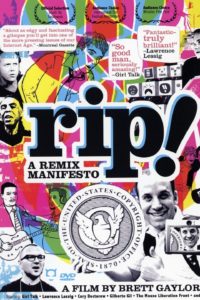
RIP! Remix Manifesto Documentary!
(Image from: https://www.imdb.com/title/tt1397511/)
Copyrights in the digital age!
As some one who grew up in the 90’s and 2000’s I have had a unique upbringing with the development of the internet. Switching to Dial-up to Ethernet to Wireless all before I finished Highschool. I clearly remember the age of consequence free pirating and loved it! It was a cheat code to bypass paying for information, music, media, computer programs and games. The bounty of the internet was ripe for the taking and it was great time to be a teenager. Those days are no longer and the digital world has become a little more restrictive.
The documentary RIP! Was an extremely insightful documentary into the complications of copyright and consent in the digital age and answered questions such as:
Who owns intellectual property? The creator, the distributor, or the consumer?
Which lead to questions like:
What is extent of greed and corruption in the modern technological world?
How and why does “Society” (used loosely here) prioritize profit over development and progress.
Fortunately this documentary showed how the people are attempting to take back the power from the corporations that believe they can permanently own ideas and use them to oppress society.
So where does one draw the line between copying and creating?
In my personal view replication is creation regardless of content, process and result. Unfortunately law states otherwise. The line between copying and creating when it relates to profiting and economic gain is more defined, you can’t make money off what you don’t own, plain and simple, in fact you can not even use what you don’t own. I believe that drawn line cripples modern creativity in the digital age.
What is more important the creative process or the final product?
They are equally important! This is the classic “Journey vs Destination” debate, both serve important purposes. You can not have one without the other and I don’t think they should viewed separately.
Copyright laws were originally intended to encourage people to create. Do you think that intention has changed in recent years?
YES! Copyright laws as I learned in the documentary, were originally intended to encourage creativity by stopping the theft of creative ideas, but they were designed before the internet and only “protected” your ideas for 14 years. Copying ideas without the use of powerful technology such as computers and cameras required creative methods and was a creative process within itself!
But now in the age of the internet copyright laws are mainly used to control the flow of ideas and the possible profit they can generate, regardless of their potential to improve human society and wellbeing.
My Digital Footprint
Jessie Miller explained to me that the information and content I have released to the internet is permanent and that my best of course of action is control how accessible that data is. Jessie taught me that to be an educator is to be a role model and that my social media presence must represent that!
I immediately after class started restricting the information that is available about me and made separate accounts to digitally separate my professional and personal lives!
I was relieved to find out that I was not accessible with a quick or in-depth series of google searches! With some serious searching the only thing I was able to find was:
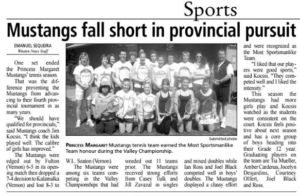
(https://issuu.com/blackpress/docs/i20190628041646404)
A news paper article from my hometown about a tennis tournament!
But! I did learn about some interesting individuals I share a name with!
Such as the Ian Ross who inherited the Butchart Gardens, and has a garden at UVic commemorating him! Google “Ian Ross Victoria” and you will find this gentleman!
I think being easy to find on the internet can be both a positive and a negative. An easy way to promote myself professionally but also the potential to associate negatives with my identity. A time may come when I choose to hand craft a professional internet identity but until then I am happy to be invisible on the internet. I understand I can curate my digital identity by uploading positive content of myself. I can associate my social media presences with google search tags to promote my “relevance” in the context of being easily searched. I think if recruiters searched me and found nothing it would be better than them finding negatives about me, but they also might think that I am irrelevant or out of date. I hope if a recruiter found nothing about me, they would use their human skills to analyze my potential as a possible employee.
Now its time to go deeper on this topic! I may understand the positives, negatives, and potential consequences of having an internet identity and have an idea of how to curate and control that identity, but do students and parents have that understanding? Who is teaching them about this?
To be an educator in the digital era one must practice and teach how to have a healthy relationship with the digital world.
This week really made me think hard about this blog and I realized how important it is for me to practice these skills and stay relevant in our digital age.
Also this week I learned how to edit media files! Enjoy this slow motion video!
Click BeachBailIRoss to download!
BeachBailIROSS
Cheers,
IRoss
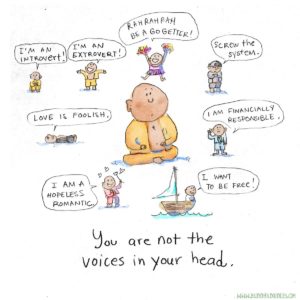





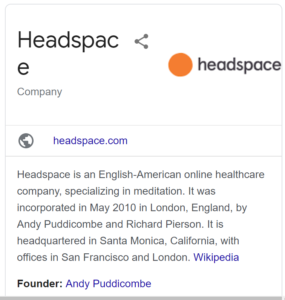
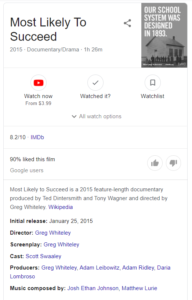
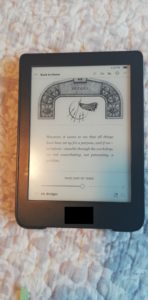



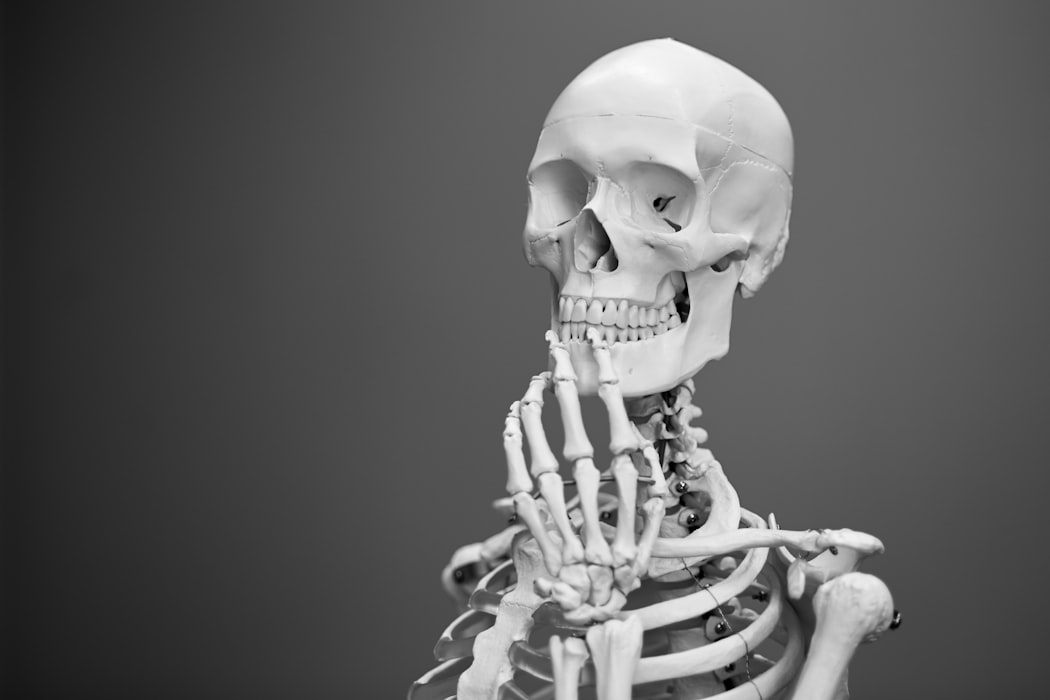
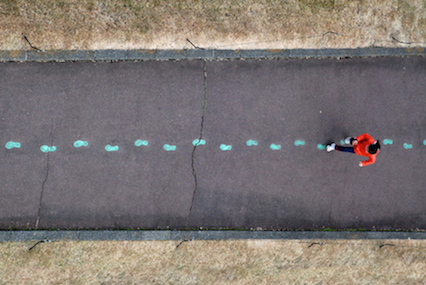
Recent Comments